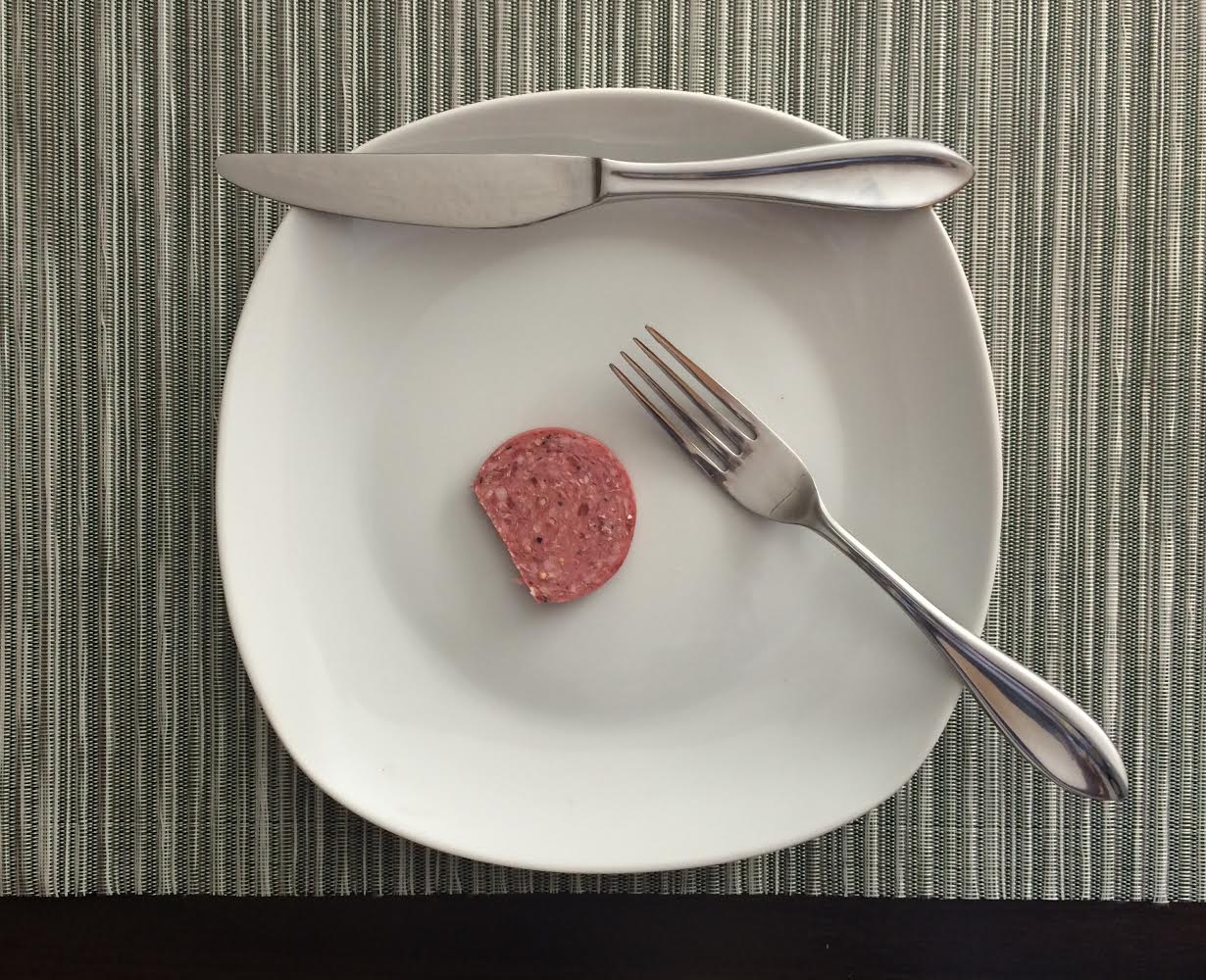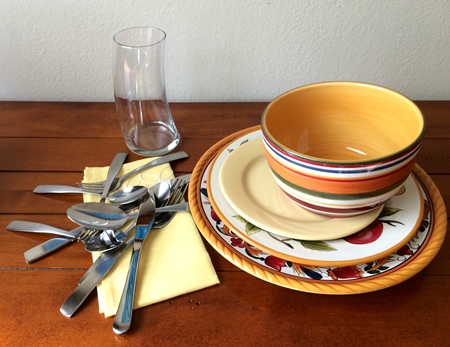Fun Facts About the
American Dining Style

The American dining style is a four-step method of eating, while nearly all other knife and fork countries use a two-step method. However, the evolution of eating methods has, as with all lifestyle habits, been determined by technology. In the case of eating, the creation of the knife, spoon, and fork.
The Evolution of Table Tools
Hands, fingers and sharp knives were the typical eating tools for centuries, though the wooden spoon was an early comer on the dining scene. When eating utensils were first used, they were not mass-produced, so households did not own the large sets we are accustomed to today. In fact, people brought their own knives when dining with others. And in an act of chivalry, as women typically didn’t carry knives, the men kindly cut their food for them.
Commonly, people continued to eat with their hands. The French began the practice of grinding down the point of knives to encourage decorum at dining events – too many people picking their teeth at the table with their knife points. Forks were invented, but their resemblance to pitchforks gave pause to their use as some people considered them the “devil’s tool”. Thus began the spoon’s time in the spotlight.
Most people were (and are) right-handed. Diners could use a spoon in the left hand to steady the food, which now had to be cut with the blunt knife. And being right-handed, the diner would place the knife down on their plate, switch the spoon to the right hand for ease in bringing food to the mouth, and eat the bite of food off the spoon. For right-handers, it would be hard to pick up the cut piece of food with the spoon in the left hand, so it's natural to switch to the right. Notice the four-step pattern put into use: Cut, place knife down, switch spoon to left hand, and eat.
Europeans, then, were the first to use a four-step dining practice, which is the basis of the American dining style today.
The American Dining Style Continues
Forks were finally put into regular use at European tables and by the 1850’s, they were in regular use in the United States, employed in the American “Zig-zag” or “cut and switch” method. The cumbersome and awkward switching of hands continues today even though it was declared out of date as far back as 1948 in Vogue’s Book of Etiquette, written by Millicent Fenwick, then an associate editor of Vogue and later the United States representative to the United Nations Food and Agricultural Organization in Rome.
Also by the 1850’s, the upper class in Europe stopped shifting their forks back and forth, and the two-step Continental dining style became fashionable. Etiquette expert, Lisa Mirza Grotts, sites a French etiquette book of this time: “If you wish to eat in the latest mode favored by fashionable people, you will not change your fork to your right hand after you have cut your meat, but raise it to your mouth in your left hand.”
Throughout knife and fork cultures, the Continental style prevails. The fork stays in the left hand with the tines pointed down, and the knife is held in the right hand. The food is speared by the fork and conveyed to the mouth, with the knife holding steady to cut again or move food onto the fork.
As with all forms of technology, experimenting is an ongoing thing. Individuals are marketing new utensil ideas in the hope they will be viewed as preferable. The “spork” was a fad that is still touted in some places, and time will tell if it catches on.
Americans, however, continue to keep the four-step dining style popular. At least, when knives and forks are in use. Jacob Bronowski points out in The Origins of Knowledge and Imagination, “The rise of casual dining, convenience foods and drive-throughs means that for the first time since the 1500’s we regularly eat complete meals with our hands. Forks and knives may again become the source of confusion…”
In fact, by some market reports, forks are outselling knives two to one. A trend is for more and more diners to opt for single-handed eating and many experts attribute this to the popularity of ready-made meals, pre-cut pizzas, chips and other fast foods.
Regardless of how our use of tableware evolves, sharing meals together with a table set for what is to be served will always be appropriate. The diner can choose what style of eating is best for him or her.
The most important thing is that meals are meant to be shared and bring people together. And that good manners will never go out of style!
Sources:
Colonial American History Stories—1215-1664: Forgotten and Famous Historical Events (Timeline of United States History) by Paul R. Wonning
“Origins of the Common Fork,” by Chad Ward, author of An Edge in the Kitchen
Etiquipedia, an Etiquette Encyclopedia and Etiquette History Blog














